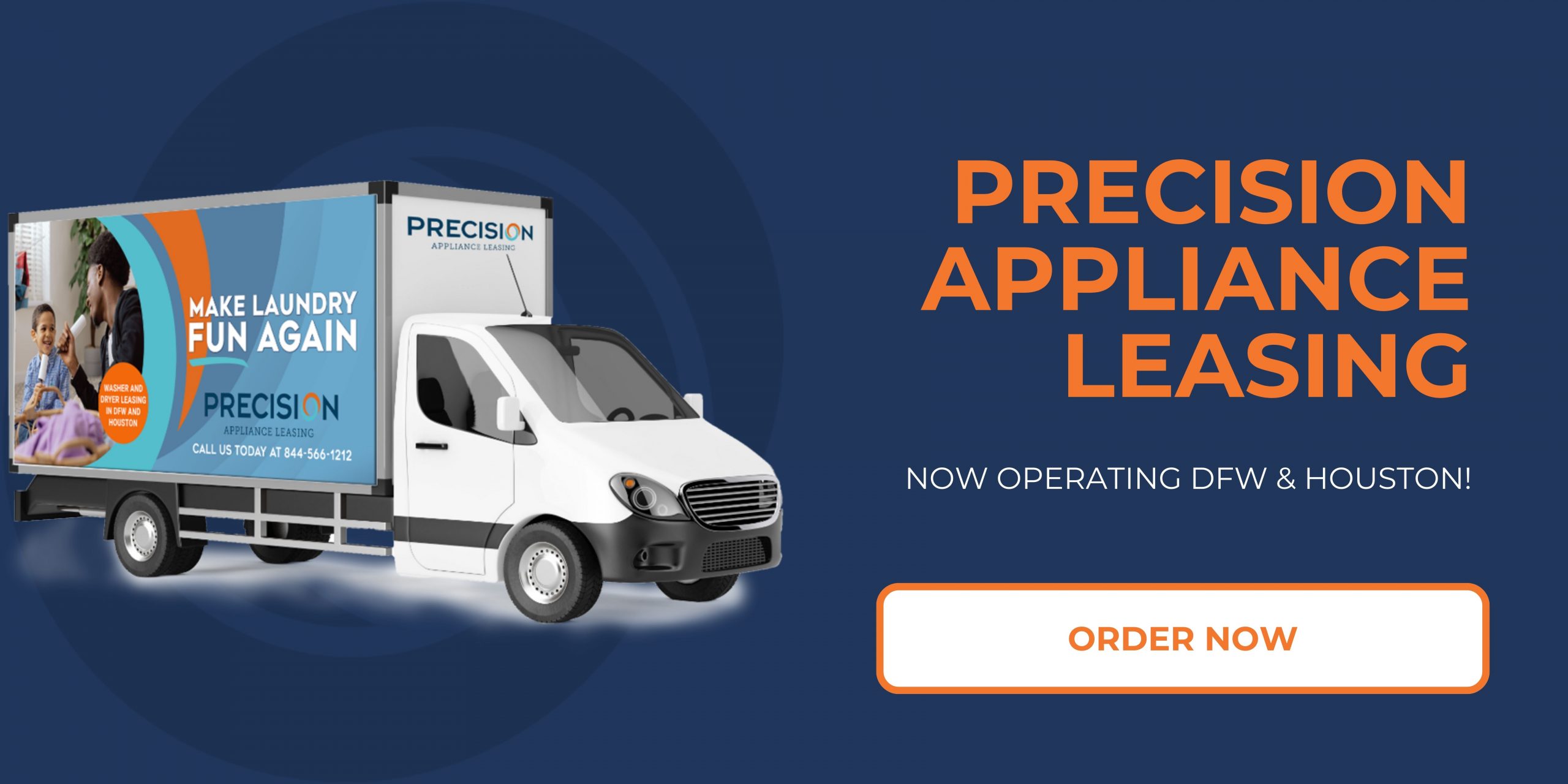How to Upgrade Your Rental Plan for Better Features
In an era where flexibility and adaptability are pivotal to success, the demand for upgraded rental plans has soared, particularly among those seeking enhanced features that align with their evolving needs. Whether you’re renting a property, a vehicle, or digital assets, the significance of optimizing your rental experience cannot be overstated. Upgrading your rental plan can offer substantial benefits, encompassing improvements in service quality, access to better amenities, and the overall enhancement of your lifestyle or business operations.
Navigating the upgrade process, however, can often feel daunting. With a plethora of options and various factors to consider, it’s essential to approach the decision with a strategic mindset. From evaluating your current plan and identifying specific areas for improvement to understanding the available upgrades and negotiating terms, this process requires careful consideration. Many renters may be unaware of the potential for customization in their agreements, or how to leverage the advantages of a more premium plan.
As the rental landscape continues to evolve, informed decision-making becomes crucial. Exploring the nuances of your rental options and understanding the associated features can not only elevate your overall experience but also provide significant long-term value. By embracing a proactive approach to upgrading your rental plan, you can unlock opportunities that cater to your individual needs or goals, ensuring that you derive the maximum benefit from your investment. Whether you’re motivated by quality of service, improved technology, or enhanced features, this guide aims to equip you with the insights and strategies needed for a successful upgrade.
Assessing Current Plan Limitations
Assessing current plan limitations is essential for renters seeking to optimize their living conditions and experiences. This process involves a thorough evaluation of the existing rental agreement and the amenities or features included in that plan. Start by reviewing the rental contract for specific terms related to utilities, maintenance, and any restrictions that may hinder your comfort or lifestyle. It’s also beneficial to consider aspects such as square footage, parking availability, communal facilities, and the overall upkeep of the property.
Understanding these limitations can help identify areas that may not meet your needs or expectations. For example, if the current unit lacks adequate storage space, common amenities like a laundry facility or access to outdoor areas, it could lead to dissatisfaction over time. By documenting these limitations, you establish a clear basis for justifying any requests for an upgrade or modification to the rental terms.
Once you have a comprehensive understanding of your current plan’s limitations, the next step is to consider how addressing these issues could enhance your living experience. Potential upgrades may involve not just switching to a larger unit or a different property, but also looking into additional services provided by the management, such as improved maintenance response times, enhanced security features, or upgraded appliances. By knowing precisely what you are lacking, you will be better equipped to negotiate improvements or consider alternative rental options that better fit your lifestyle.
In the long run, assessing your current rental plan limitations goes beyond just identifying shortcomings. It’s about leveraging that knowledge to make informed decisions that enhance your quality of life. Whether through negotiating with your landlord or finding a new rental that incorporates all the features you desire, a thorough assessment can pave the way toward a more satisfying living environment.
Evaluating Upgrade Options and Features
When considering an upgrade to your rental plan, the first step is to evaluate the available options and the features they offer. Many rental agreements, especially for apartments or commercial spaces, come with a variety of tiers that may include different amenities, services, or square footage. It is essential to fully understand what each upgrade entails and the specific benefits that come with it. For instance, an upgraded rental plan might provide additional services such as enhanced maintenance, access to amenities like gyms and pools, or even improved technology features such as high-speed internet and smart home systems.
To effectively evaluate these options, begin by making a list of your current needs and desires. Consider factors that impact your living space or work environment, such as proximity to essential services, in-building amenities (like parking and gyms), and safety features. Once you have your priorities down, compare them to the upgrade options available to you. This will help you identify which upgrades align best with your lifestyle or operational needs.
Additionally, keep in mind that upgrade features are not solely about tangible benefits; they can also provide significant lifestyle improvements. For instance, a plan that includes better security systems can offer peace of mind, while an upgraded plan with communal spaces might foster a sense of community among tenants. Don’t forget to look for any hidden perks associated with upgraded plans, such as access to exclusive events or discounts on local services.
Furthermore, when evaluating upgrade options, consider other parameters such as flexibility and ease of communication with property management. Upgraded plans may also come with improved customer service responses, which can greatly enhance your rental experience. Research reviews and feedback from other tenants to gain insight into how different upgrades have worked out for them in terms of satisfaction and overall value.
In summary, taking the time to thoroughly evaluate upgrade options and the features they offer is crucial for maximizing your rental experience. By aligning the upgrades with your specific needs and preferences, you can choose a plan that not only enhances your living or working environment but also increases your overall satisfaction within your rental arrangement.
Comparing Costs vs. Benefits
When considering an upgrade to a rental plan, it is crucial to conduct a thorough comparison of the costs versus the benefits associated with the new plan. This involves not just looking at the monetary aspect of the rent increase, but also weighing the potential advantages that come with enhanced features and services. For example, if a rental plan upgrade includes additional amenities such as in-unit laundry, access to a gym, or improved maintenance services, these benefits might justify a higher price tag, especially if they significantly improve your quality of life.
To effectively compare costs versus benefits, renters should start by identifying their current expenses and what features are currently included in their rental agreement. Next, it’s essential to research what new features are being offered in the upgraded plan and the corresponding cost increase. Creating a detailed list that outlines the monthly cost of the current plan and the proposed new plan can help visualize the impact on your budget. Additionally, assessing the long-term value of the upgraded features is important. For instance, having laundry facilities in-unit saves time and the money spent on laundromats, which could provide long-term savings compared to the slight increase in rent.
Furthermore, it’s wise to consider how the upgraded rental plan aligns with your lifestyle needs. If you are someone who regularly engages in fitness activities, having a gym on-site might eliminate the need for a separate gym membership, translating into potential savings. Similarly, if the upgraded plan includes utilities or services that you would otherwise need to pay for separately, these should also be factored into your overall analysis.
In essence, the decision to move forward with a rental upgrade should be rooted in a clear understanding of both the financial implications and the qualitative improvements to living conditions that the upgrade might offer. Ultimately, a thoughtful comparison between costs and benefits will ensure that you choose a rental plan that meets your needs while remaining financially sustainable.
Understanding Rental Agreement Terms
Understanding rental agreement terms is crucial when considering an upgrade to your rental plan. The rental agreement serves as a foundational document that outlines the rights and responsibilities of both the tenant and the landlord or property management. Before contemplating any upgrades, it is vital to familiarize yourself with the specific terms laid out in your existing agreement. This knowledge can help you avoid any potential conflicts or misunderstandings regarding your rental situation.
Rental agreements typically include details such as the length of the lease, renewal terms, payment schedules, and any restrictions regarding upgrades or modifications to the property. If you’re considering enhancing your living situation through an upgrade, such as better amenities or additional services, make sure to check if your current agreement allows for such changes and under what conditions. For example, some agreements may have clauses that stipulate how many times you can upgrade or may require you to provide notice before making changes. Furthermore, it’s essential to understand any fees associated with upgrading, as some agreements might mandate payment for modifications.
Additionally, seeking clarity on termination clauses is important. If you decide to upgrade to a different rental plan, understanding how that might affect your current lease is crucial. For instance, some agreements might require you to fulfill a certain duration of the lease before you can move to a new plan or might impose penalties for early termination. Familiarizing yourself with the terminology in the rental agreement can also help you approach negotiations with property management more effectively. By knowing your rights and obligations, you can inquire about specific upgrades—that might align with the existing terms—thereby maximizing your chances of securing a favorable upgrade. Ultimately, fully understanding your rental agreement empowers you to make informed decisions regarding your living arrangement and enhances your ability to negotiate better features or terms.
Steps to Negotiate with Property Management
Negotiating with property management can be a critical step in securing a better rental plan that meets your needs. Understanding how to approach this conversation effectively can lead to favorable outcomes, whether you are seeking an upgrade in amenities, a reduction in rent, or improved lease terms. First, it is essential to prepare well for the negotiation. Research the current rental market in your area to understand the average prices for similar properties and any seasonal trends that could affect rental agreements. Gather all relevant documents, including your tenancy history, evidence of timely rent payments, and any correspondence that highlights your reliability as a tenant.
When you initiate the negotiation, choose the right time to present your case. Often, property management may be more amenable to negotiations during off-peak seasons or if they have vacancies that need to be filled quickly. Clearly articulate your requests and the reasons behind them. For instance, if you are requesting additional amenities or upgrades to your rental unit, emphasize how these features will not only improve your living situation but also potentially increase the property’s value.
Another vital aspect of successful negotiation is being open to compromise. While you may have a specific outcome in mind, be prepared to listen to the property management’s perspective and consider alternative solutions. For example, if a direct upgrade is not feasible, they may offer other benefits such as reduced fees, improved maintenance, or a more flexible lease arrangement. Moreover, maintaining a positive and respectful tone during the discussion is crucial, as this will foster goodwill and a cooperative atmosphere, making it more likely for both parties to reach a mutually beneficial agreement.
Finally, once negotiations yield a satisfactory outcome, ensure that any changes to the original rental agreement are documented and signed by both parties. This will protect you and clarify the terms of your new agreement. By following these steps, you can effectively negotiate with property management to secure better features in your rental plan.


